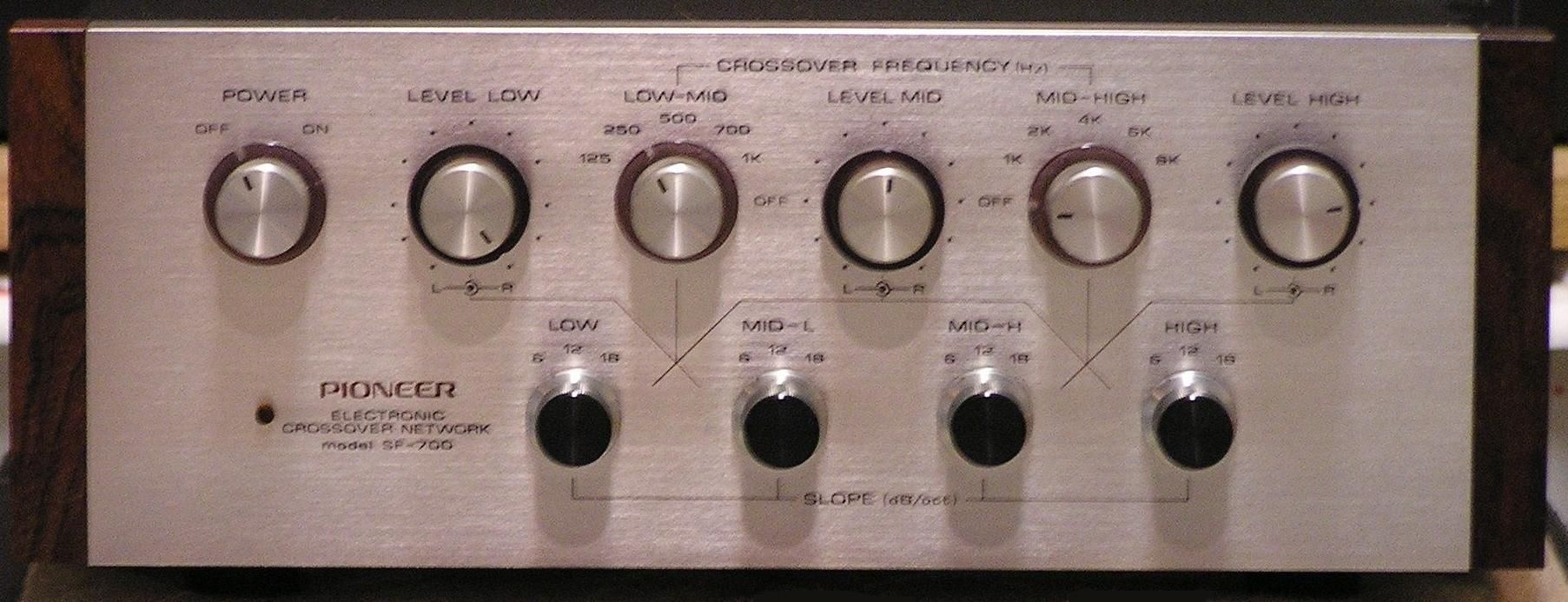Hi all,
Just wondering how people control volume in a biamp or triamp amp setup, if they use different amps. Recently read that some people use SS amps for bass, and tube amps for mids and highs. The levels can be matched in the active cross over at a fixed volume level. But it the listener wants to increase the volume, will there not be a mismatch in the gain of each different amp, considering that one is solid state and another is tube.
So how does one control volume changes in such setups. Thanks for your advise.
Just wondering how people control volume in a biamp or triamp amp setup, if they use different amps. Recently read that some people use SS amps for bass, and tube amps for mids and highs. The levels can be matched in the active cross over at a fixed volume level. But it the listener wants to increase the volume, will there not be a mismatch in the gain of each different amp, considering that one is solid state and another is tube.
So how does one control volume changes in such setups. Thanks for your advise.


